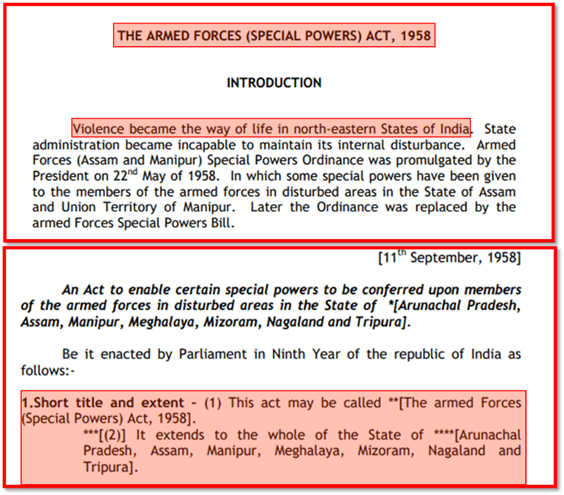The following article was written for OpIndia. Pasting it here for reference:
At the time of going to the Lok Sabha elections in April-May of 2024, the Congress party was in power in 3 states – Himachal Pradesh, Karnataka, and Telangana.
Amongst these three, Telangana was the most recent state they won in 2023 December. Chief Minister Revanth Reddy has told us multiple times that he treats the 2024 Lok Sabha elections as a referendum on his 6-month governance. It was a bold statement to make, given that he had just taken over. He was confident of winning 12 to 14 seats out of the 17 seats. He was very aggressive in his campaign and he was also used by the Congress for some Delhi-based interviews.
The result was that the Congress party won 8 Lok Sabha seats out of the 17; the BJP scripted history by winning 8 seats too (MIM won the Hyderabad seat). The BJP won 8 assembly seats out of 119 in the 2023 December assembly elections but revived so miraculously that it won 8 Lok Sabha seats in just 6 months!
This should have triggered a debate in the media – particularly since the Chief Minister himself claimed this was a referendum on his governance. Very clearly, winning 8 seats out of 17 doesn’t classify as winning a referendum. In just 6 months, the Congress party’s governance gave so much confidence to the people that they decided to teach them a lesson!
The performance in Karnataka was worse than in Telangana. The downfall in Karnataka deserves a more detailed analysis, but yet again the media has failed us. The Congress party, which has been in power for about a year in Karnataka, was able to win only 9 out of the 28 Lok Sabha seats. On social media, we see that the ministers of the Karnataka government are very active in satirical posts; very active in reporting to alleged fact-checkers; very active in creating a North-South divide; and whatnot. At one point in time, the media thought that with such great articulation, these ministers would take over the governance of India one day too.
None of us can forget the elevations that Deputy Chief Minister, D.K.Shivakumar gets in the English media. The fact remains that his own younger brother had to face a crushing defeat in the 2024 Lok Sabha elections. None of us can forget the analysis after analysis of how the pioneering free-scheme guarantees of the Congress party are ushering in a new Karnataka! Where have all these analysts gone now? The Congress party won only 9 out of the 28 seats – if this is not a resounding verdict on their poor performance in the past year, then what else is?
The worst performance though was from Himachal Pradesh. The Congress party lost all 4 seats in the state in 2024 elections. Losing 100% of seats would have triggered a massive backlash and analysis on why this happened, but we didn’t get to see any meaningful analysis of this drubbing.
The cold fact remains that the Congress party won very less seats from the states they are in power, as opposed to states where they are part of the opposition. On their own, the Congress won substantial seats only in Punjab where they are in opposition. Everywhere else, the bulk of seats they won were in cooperation with their allies (Tamil Nadu, Maharashtra, Uttar Pradesh, Kerala). In contrast, the BJP has swept in states in which they are in power; has won new states; has retained power in states; and with their allies, has retained power at the centre too! Yes, of course, they lost substantial seats in UP, Rajasthan, and Maharashtra, but the scale of the loss of the Congress party should dwarf that of the BJP.
However, in direct contrast, our English media wants us to believe the exact opposite. In their bid to elevate Rahul Gandhi, the English media certainly wants to cover up the voice of people where Rahul Gandhi’s party is actually in power.
The Congress party has not retained any state after the 2011 Assam elections. They have lost all assembly polls where they have been in power ever since. And now, they are setting a new record in anti-incumbency (just 6 to 18 months) in the states where they are in power. Serious analysts would pore over these details and ask Congress to buckle up. Congress themselves have put up several committees to study the poor performance in some states. What stops the media from doing their job of studying these results and enlightening the public outside of these states? We all know the answer to what stops them.









